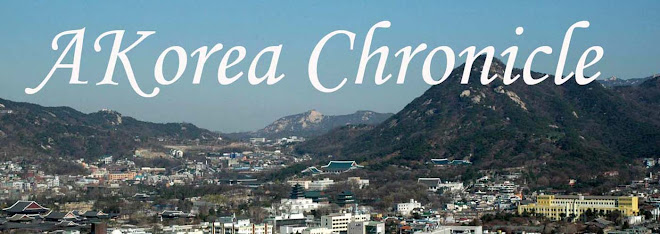Korean culture. It is written in comic book format but it is thought provoking and fun to read.
Cindy
http://www.hanbooks.com/koruninsearo.html
| |
size: 257*188mm; 236 pages. publisher: Kimyoungsa, 2002.
About this book
This is an English edition of the bestseller comic book Far Countries, Neighboring Countries 9 - Korea (Sae Mon Nara Iun Nara 9 - Uri Nara). The book is to introduce real aspects of Korea that are sometimes misunderstood and unknown to foreigners. Through skillfully chosen subjects - e.g., spicy food, education fever, conglomerates, the tension between North and South Korea - Won-bok Rhie explores the unique manifestations of Korean attitudes that are often misunderstood by foreigners. It is a fascinating exploration of the Korean mindset that weaves together history, sociology and cultural anthropology. The insightful discussions on Korea's place between China and Japan, its more well-known neighbors, also clear the fog away as to who the Korean people are.
About the author
Won-bok Rhie is one of Korea's most famous cartoonists. After obtaining a bachelor's degree in architecture at Seoul National University, he studied graphic design at Müster University in Germany, where he obtained the degree of Dipl. Designer. He is the author of numerous comic books that focus on introducing historical, cultural and economic issues to the layman. He also has run many comic strip series in Korea's most prestigious daily newspapers and magazines. Korea Unmasked is part of a 9-volume series of comic books on several European countries and Japan and Korea, all of which became bestsellers in Korea. Rhie is also a professor of graphic design at Duksung Women's University in Seoul, Korea. In 1993, he was awarded the prestigious Noonsol Award in recognition of his contributions to the development of the Korean cartoon industry. From 1998 to 2000, he also served as the president of the Korean Society of Cartoon and Animation Studies.
Table of contents
Foreword
Introduction
1 Neighbors but Strangers : Korea, China and Japan
2 The Korean People
3 The Successes and Tribulations of the Koreans
4 The Long and Treacherous Road to Reunification
Translators' Notes : Jung Un, Louis Choi


























